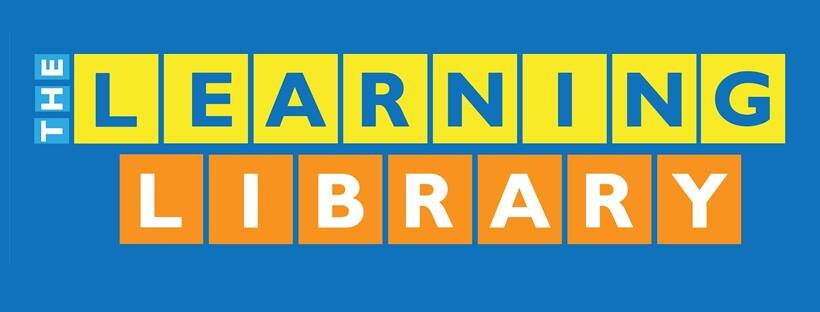What do I do when my child prefers his tablet to books?
By Aileen Quimpo Hernandez
Teacher Aileen is one of the directors of The Learning Library and has been teaching reading for over 12 years.
High-tech devices are here to stay. Many are scrambling to keep up with the latest technology and fulfill their tasks as parents, making sure they’re preparing their children for the digital world. At the same time, they want to make sure they are giving their children the right skills and attitude to be successful in whatever career they want to pursue.
With the pandemic and the absence of face-to-face teaching, students have turned to tablets, laptops, and smartphones to continue schooling. It has also enabled teaching reading online and writing classes. Although devices provide new features in learning -- gamification and rich visual sensory learning come to mind -- the question that remains is if the tablet can replace traditional learning materials, especially books.
Everything in moderation
Research from the National Institutes of Health (NIH) shows that children who spent more than two hours a day on activities in front of the screen score lower on language and thinking tests. The instant gratification being given to children via high-speed devices is stressing the brain (Neefs, 2019). Books, however, benefit learning as they have proven to improve brain connectivity, increase vocabulary and comprehension, reduce stress, and even empower children to empathize with other people (Moawad, 2019).
As with most things that are part of our lives, the use of digital devices should be moderated. This is easier said than done but can be achieved with the right mindset. Here are a few tips on how to wean your child away from the screen:
Know what your child is doing. What apps do they often use? Are you allowing online gaming? Talk to your child about it and set boundaries based also on your own values.
Agree on time limits for these devices. Some parents go for one hour a day on school days and maybe shorter for children in the early grades.
Make sure alternatives are available. It can be sports, books, or games with the family. Here’s the secret: your child wants your attention and doing things together will always be treasured by them.
Be mindful when introducing them to books. You can start with comics and magazines which offer more visual stimulation visually. Take care to choose books with themes your child loves, be it dinosaurs or Barbie. Know what your child can already read: the smaller the child, the bigger the letters; the shorter the words and sentences they can digest.
Make the purchase of books fun. Position new books as a reward instead of more screen time. Find other children who are into books too and share new books among this circle of friends.
In this day and age, it’s inevitable that your child will be using devices and will have a lot of screen time. But hopefully, you would have guided him or her to be a goal-oriented and smarter user. Remember to practice what you preach and limit your own screen time, and enjoy more personal interaction with your own children.
Need help to make reading fun?
The Learning Library’s READING SAFARI and THE READING ADVANTAGE include storytelling to develop both comprehension and the love of reading. To learn more and avail of an online reading assessment, send a message to inquiries@learninglibraries.com.

